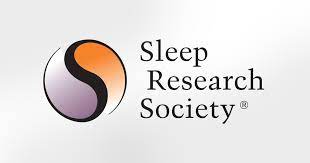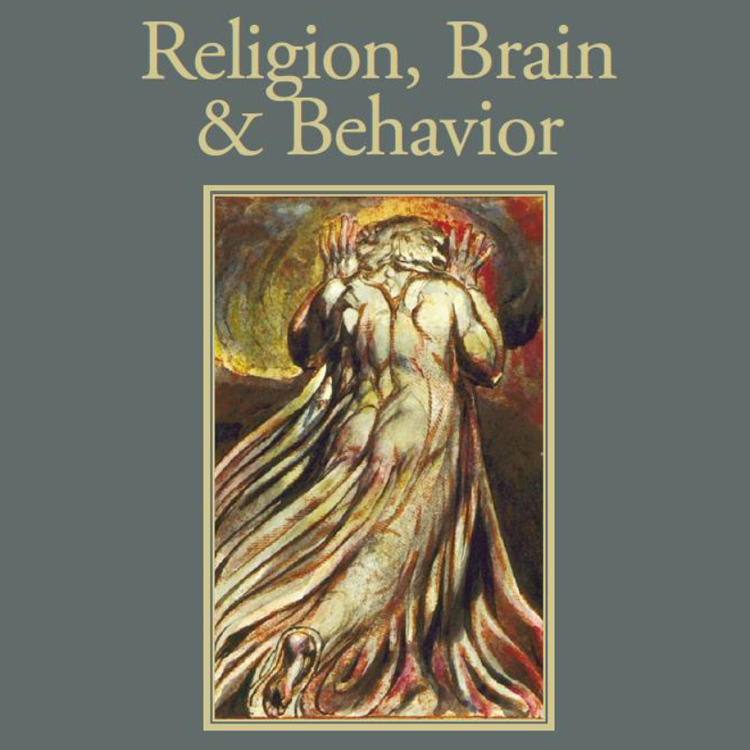Patrick McNamara, Wesley J Wildman, George Hodulik, David Rohr
SLEEP Advances

Study Objectives: To test and extend Levin & Nielsen’s (2007) Affective Network Dysfunction (AND) model with nightmare disorder (ND) image characteristics, and then to implement the extension as a computational simulation, the Disturbed Dreaming Model (DDM).
Methods: We used AnyLogic V7.2 to computationally implement an extended AND model incorporating quantitative effects of image characteristics including valence, dominance, and arousal. We explored the DDM parameter space by varying parameters, running approximately one million runs, each for one month of model time, varying pathway bifurcation thresholds, image characteristics, and individual-difference variables to quantitively evaluate their combinatory effects on nightmare symptomology.
Results: The DDM shows that the AND model extended with pathway bifurcations and image properties is computationally coherent. Varying levels of image properties we found that when nightmare images exhibit lower dominance and arousal levels, the ND agent will choose to sleep but then has a traumatic nightmare, whereas, when images exhibit greater than average dominance and arousal levels, the nightmares trigger sleep-avoidant behavior, but lower overall nightmare distress at the price of exacerbating nightmare effects during waking hours.
Conclusions: Computational simulation of nightmare symptomology within the AND framework suggests that nightmare image properties significantly influence nightmare symptomology. Computational models for sleep and dream studies are powerful tools for testing quantitative effects of variables affecting nightmare symptomology and confirms the value of extending the Levin & Nielsen AND model of disturbed dreaming/ND.
Click here for more on the manuscript.



